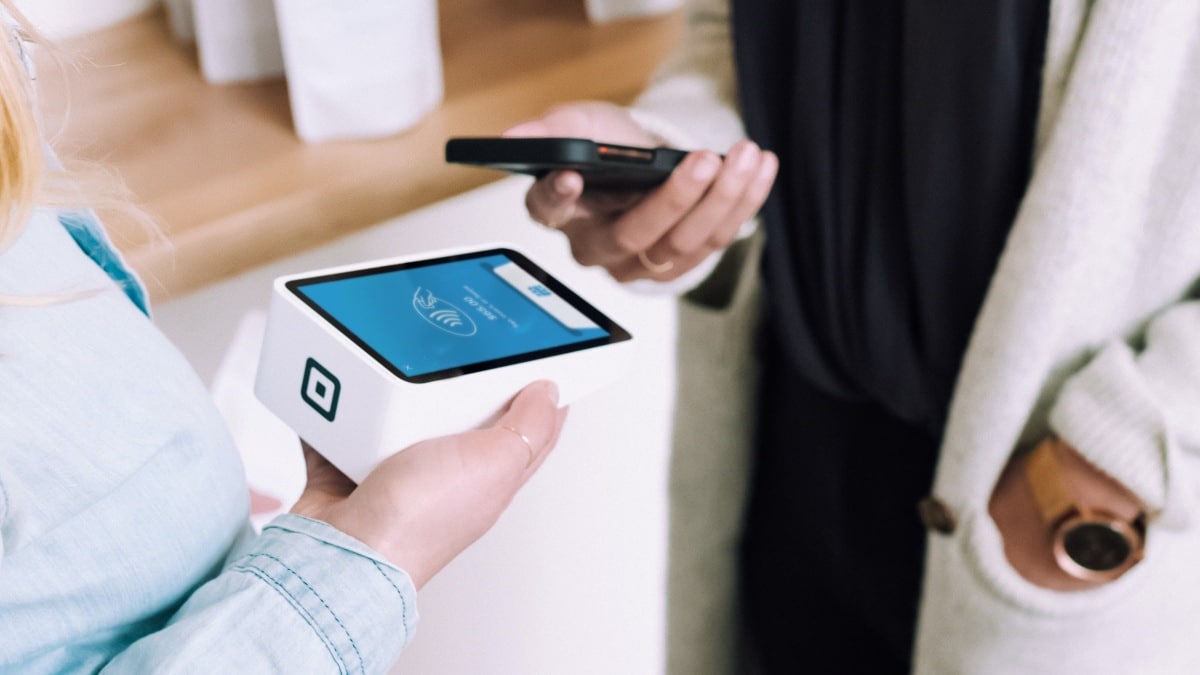India’s Unified Payment Interface (UPI) services were on Monday rolled out in Sri Lanka and Mauritius, with Prime Minister Narendra Modi describing it as linking historic ties with modern digital technology.
India’s RuPay card services were also launched in Mauritius at a virtual ceremony attended by Prime Minister Modi, his Mauritian counterpart Pravind Jugnauth and Sri Lankan President Ranil Wickremesinghe.
In his remarks, Modi hoped the new fintech services would help the two nations and said the UPI is implementing “new responsibilities of uniting partners with India”.
“Today is a special day for the three friendly countries of the Indian Ocean Region as we are linking our historic ties with modern digital technology,” he said.
“I believe that Sri Lanka and Mauritius will benefit from the UPI system,” Modi said.
The prime minister said digital public infrastructure has brought about a revolutionary change in India. He also highlighted India’s focus on its “neighbourhood first policy”.
“Be it a natural disaster, health-related, economic or supporting on the international stage, India has been the first responder, and will continue to be so,” he said.
The launch of the Indian services in Sri Lanka and Mauritius came amid New Delhi’s increasing bilateral economic ties with the two countries.
The move enables the availability of UPI settlement services for Indian nationals travelling to Sri Lanka and Mauritius as well as for Mauritian nationals travelling to India.
Developed by the National Payments Corporation of India (NPCI), UPI is an instant real-time payment system to facilitate inter-bank transactions through mobile phones. RuPay is a global card payment network from India, with wide acceptance at shops, ATMs, and online.
Check out our Latest News and Follow us at Facebook
Original Source

